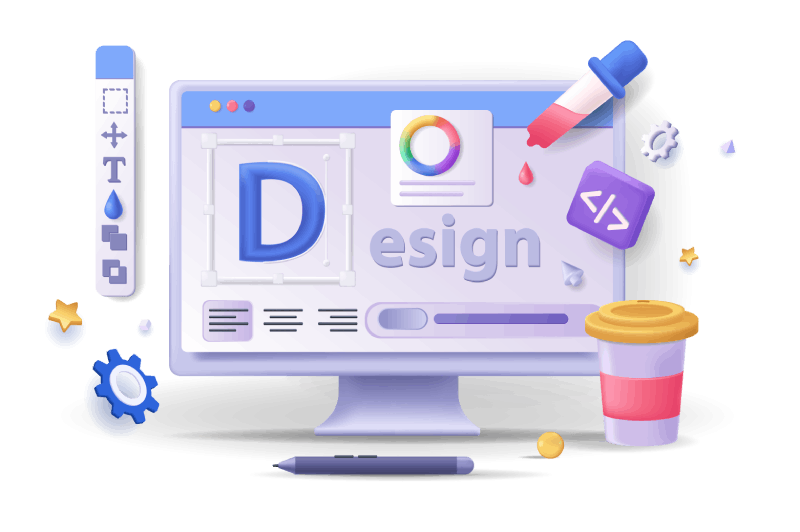Introduction to Web Development
Web development is an essential component of digital technology that helps create and manage websites. Anybody wishing to enter this sector must have a solid understanding of its two main components, front-end and back-end. It involves a variety of disciplines.
Web development, to begin with, is the process of creating and managing websites. It entails writing code, creating programs, and creating designs that make the web useful and aesthetically pleasing.
Understanding Front-End vs. Back-End is Crucial
Understanding the distinction between front-end and back-end development is fundamental for aspiring developers and business owners alike. Each component serves a distinct purpose in the web development process.
Front-End Development: Creating User Interfaces
Front-end development, also known as client-side development, focuses on what users interact with directly on a website. It involves coding languages like HTML, CSS, and JavaScript to build interactive and visually appealing interfaces.
Key Technologies in Front-End Development
- Web pages are built on HTML (Hypertext Markup Language), which also defines their structure.
- The presentation of web material can be improved by using CSS (Cascading Style Sheets) to style HTML elements.
- JavaScript: Enhances interactivity by enabling dynamic modifications to websites in response to user input
Back-End Development: Powering the Website
Back-end development involves server-side programming that powers the functionality of websites. It manages databases, server configuration, and ensures the smooth operation of web applications.
Key Technologies in Back-End Development
- Programming Languages (e.g., Python, PHP, Ruby): Used to create logic and algorithms that process user requests.
- Databases (e.g., MySQL, MongoDB): Store and manage data accessed by the website or application.
- Server Management and APIs: Handle requests, process data, and facilitate communication between the front-end and database.
Career Paths and Opportunities
Career Options in Front-End Development
Front-end developers can pursue roles such as
- UI/UX designer
- Front-end engineer
- Web designer (focusing on enhancing user experience and interface design)
Career Options in Back-End Development
Back-end developers often work as
- Software engineers
- Database administrators
- Systems architects
Usually focusing on server-side operations and data management.
Conclusion
In conclusion, understanding the fundamentals of front-end and back-end development is crucial for anyone aspiring to build a career in web development. Each component plays a vital role in creating functional, user-friendly websites and applications.



